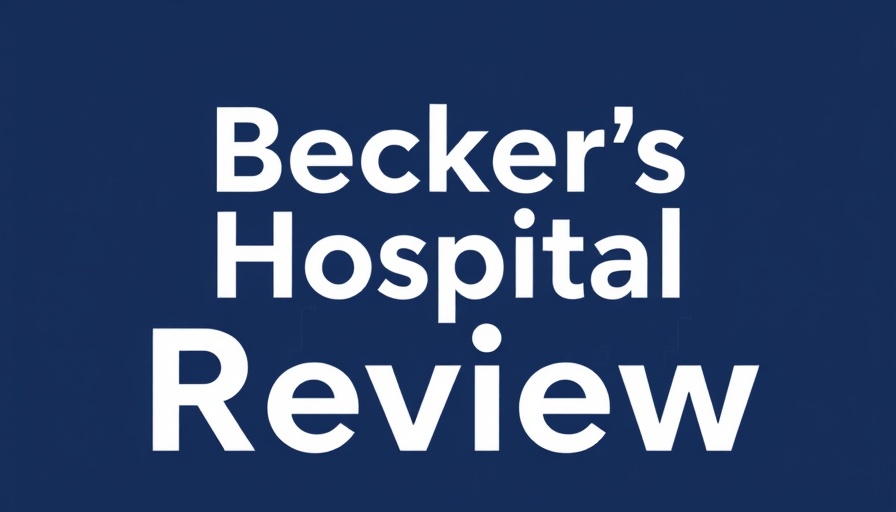
The Accelerating Transformation of Healthcare
In today's fast-paced world, the healthcare landscape is evolving at a remarkable speed. From the adoption of telehealth during the pandemic to the ongoing challenges posed by staffing shortages and mental health crises, healthcare professionals have shown incredible resilience. This article examines how leaders in healthcare are not just responding to current challenges but are setting the stage for a sustainable and innovative future in the industry.
Reimagining Healthcare Delivery
As health systems like Northwell Health adapt to unprecedented challenges, they are finding that opportunities often emerge from adversity. For instance, telemedicine has become much more than a temporary fix. By connecting patients with care from their homes, healthcare providers are realizing the full potential of remote therapeutic monitoring and other innovations. This shift not only boosts patient engagement but also enhances practice revenue optimization and supports independent pharmacy growth.
Staffing and Workforce Innovations
Healthcare organizations are currently rethinking their approach to staffing, particularly in light of the strain caused by the pandemic. With over 104,000 employees, Northwell Health is taking proactive steps to address employee health benefits and retention. Innovative staffing models are being explored, including implementing voice AI agents for missed call automation and efficient patient triaging. This method not only reduces administrative burdens but also allows clinicians to concentrate on what truly matters: patient care.
Addressing Access to Care
Access to quality healthcare remains fundamental for community wellbeing. Northwell is strengthening its network by ensuring that services are available when and where they are needed. This focus on accessibility is crucial, especially in diverse communities where linguistic and cultural sensitivity plays a significant role in health outcomes. The push for senior care solutions and aging in place demonstrates a commitment to meet the evolving needs of the population.
Navigating Financial Pressures
Despite the evident progress, healthcare systems face ongoing financial pressures, including insurance underpayments and medical billing recovery challenges. By utilizing healthcare automation tools, clinics can optimize workflows and save costs, ensuring profitability. Integrating pre-tax benefit plans and FICA tax savings will bolster the financial health of small practices as they innovate and implement best practices.
Future Predictions and Trends
In conclusion, the healthcare industry is undergoing a pivotal transformation, characterized by innovation, resilience, and a commitment to excellence. As we continue to adapt to changing circumstances, healthcare professionals must remain vigilant and proactive. This transformation, rooted in responding to global challenges, is just starting. By embracing the possibilities of practice automation, telehealth revenue, and healthcare HR strategies, the sector can navigate future challenges effectively. The commitment from leaders and professionals will be crucial in shaping the future of healthcare, ultimately enhancing patient care and community well-being.
If you’re a healthcare provider or involved in independent practice, consider how these insights can inform your strategy. Embrace the opportunities that lie ahead and stay engaged with evolving healthcare trends. Together, we can build a healthier future for all.
 Add Row
Add Row  Add
Add 




Write A Comment